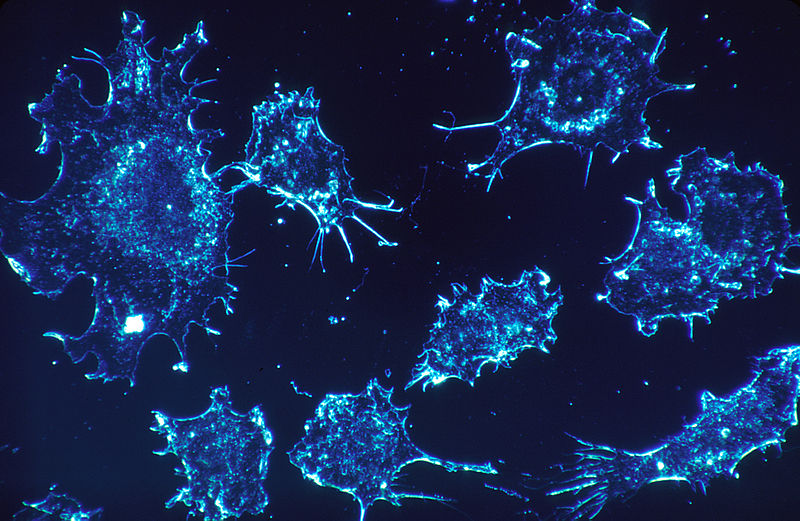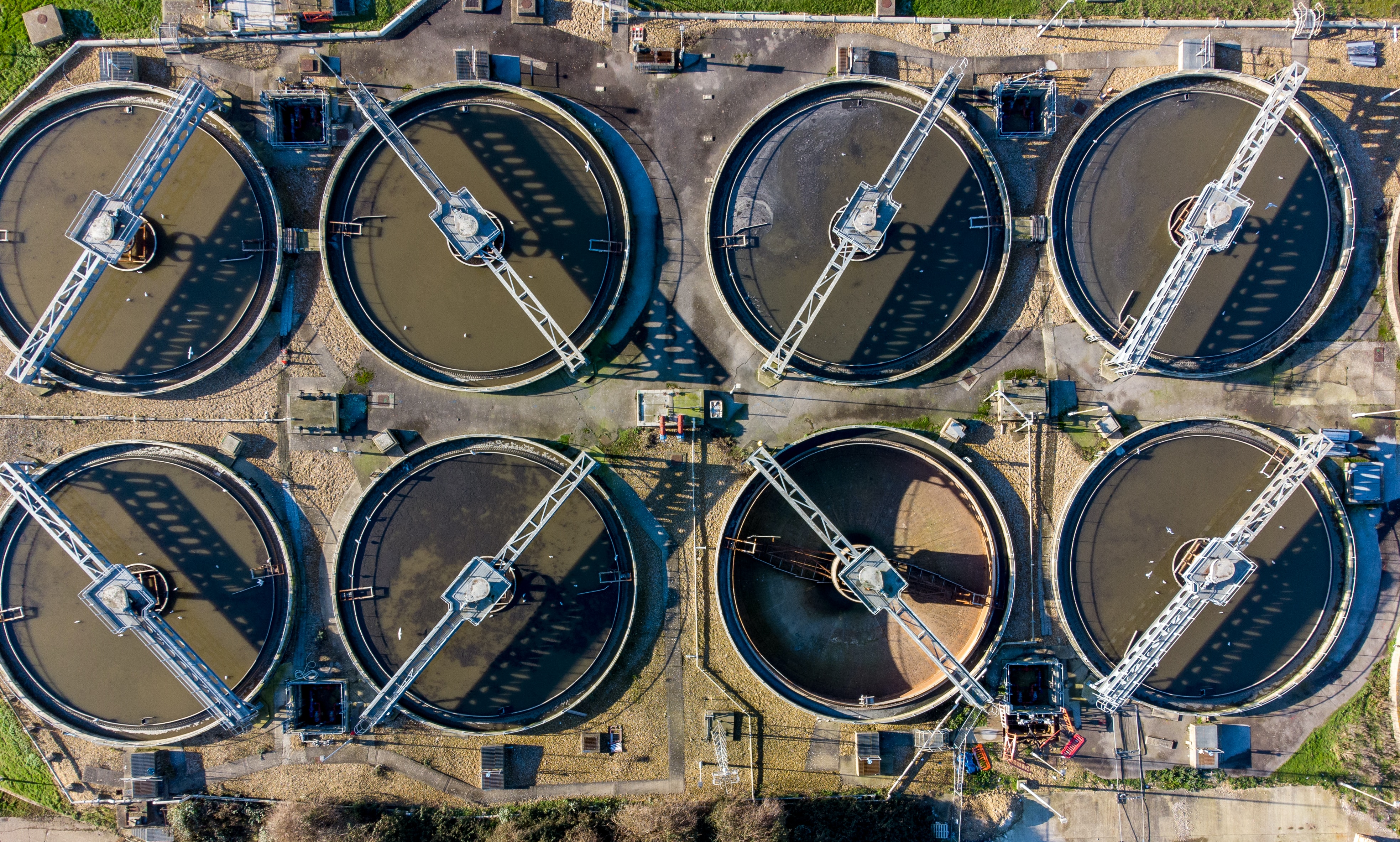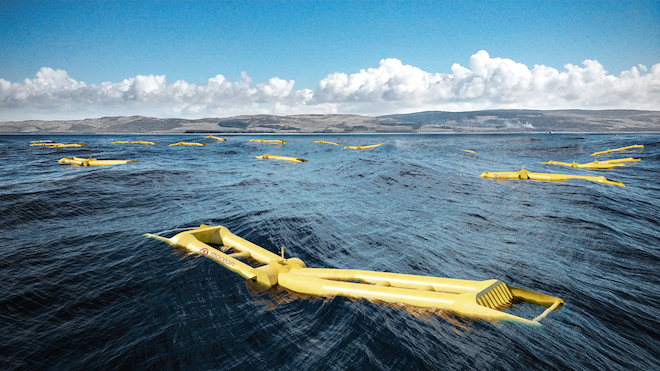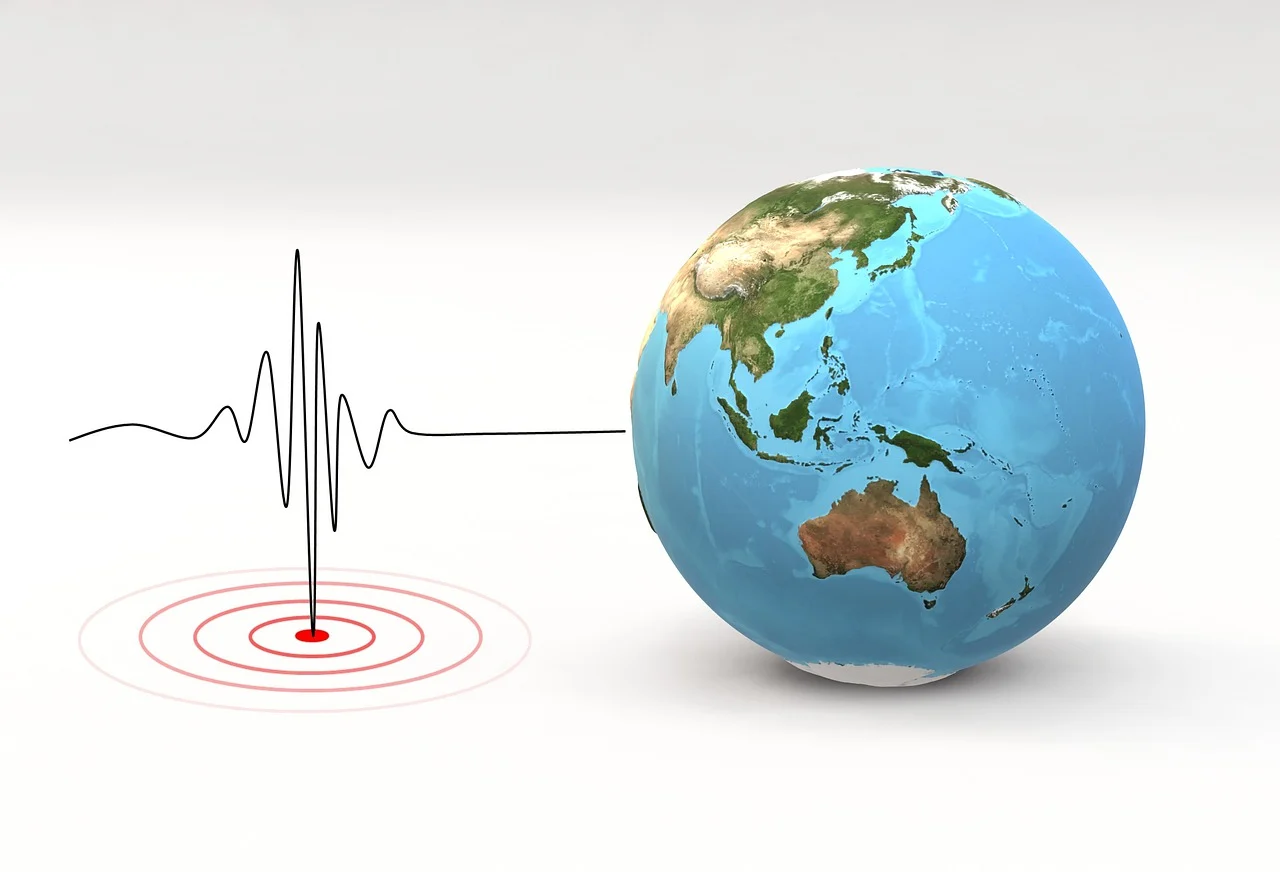NASA astronauts Sunita Williams and Barry “Butch” Wilmore recently returned to Earth after spending an unexpected 286 days aboard the International Space Station (ISS). Their extended mission provides valuable insights into the physiological and psychological challenges of long-duration spaceflight.
Musculoskeletal Effects
In microgravity, the absence of weight-bearing activity leads to muscle atrophy and bone density loss. Astronauts can lose about 1% to 1.5% of bone mass per month, increasing their fracture risk upon return. Muscle deterioration also occurs, necessitating rigorous exercise routines to mitigate these effects.
Additionally, the spinal column expands in space due to the lack of Earth’s gravitational compression. The vertebrae spaces widen, causing astronauts to grow up to two inches (5 cm) taller. However, this effect is temporary, and gravity gradually compresses the spine back to its normal length within weeks of returning to Earth.
Cardiovascular and Fluid Shifts
Microgravity causes bodily fluids to shift toward the head, resulting in facial puffiness and reduced leg volume. This shift impacts cardiovascular function, leading to decreased plasma volume and potential cardiac muscle weakening. After returning to Earth, astronauts may experience orthostatic intolerance, where they feel dizzy or lightheaded when standing due to reduced blood circulation efficiency.
Vision Changes
The increased intracranial pressure from fluid redistribution can lead to Spaceflight Associated Neuro-ocular Syndrome (SANS). This condition affects the shape of the eyeball and the optic nerve, leading to vision impairment that may persist post-mission.
Radiation Exposure and Immune System Impact
Beyond Earth’s atmosphere, astronauts are exposed to high levels of cosmic radiation, which raises the risk of cancer and other health complications. Long-term exposure also weakens the immune system, making astronauts more susceptible to infections.
Psychological and Mental Health Challenges
Isolation, confinement, and disrupted sleep cycles can contribute to stress, fatigue, and mood disorders. NASA continues to explore countermeasures like virtual reality and structured routines to support astronauts’ mental well-being during extended missions.
The experiences of astronauts like Williams and Wilmore provide crucial data for preparing future deep-space missions, including eventual crewed journeys to Mars.







